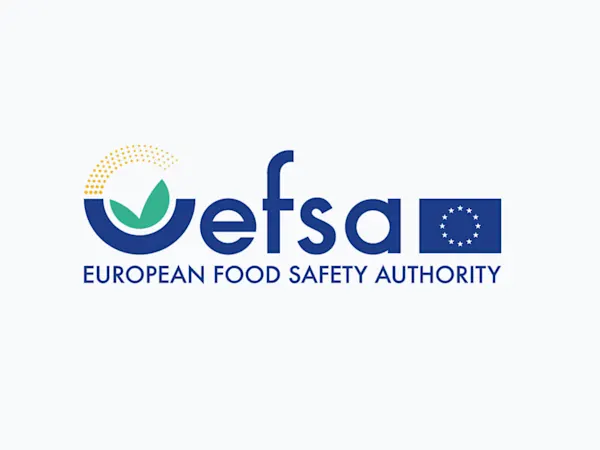
Illinois to Ban Nonbiodegradable Plastic Glitter in Personal Care Products by 2029
Illinois will prohibit nonbiodegradable plastic glitter in personal care products by 2029, impacting manufacturers, retailers, and regulators alike.


The U.S. Environmental Protection Agency (EPA) is on the verge of approving veratrine, a new active ingredient in insecticides submitted by McLaughlin Gormley King (MGK) Company. This compound, intended for use on exterior building surfaces, promises targeted pest control with a low environmental footprint and minimal risk to non-target species.
Veratrine, also known as SABA-10, is derived from sabadilla alkaloids, primarily veratridine and cevadine. Unlike its predecessor formulations, veratrine is distinguished by a refined composition stemming from updated manufacturing processes. The proposed products, including ready-to-use liquids and aerosols, are designed to manage pest issues on non-food surfaces of buildings such as homes, hotels, offices, and warehouses.
The targeted pests include ants (excluding more aggressive types like carpenter or fire ants), house flies, cockroaches, boxelder bugs, and the brown marmorated stink bug. According to the EPA, veratrine may be applied up to 12 times annually using handheld sprayers, pump sprayers, or aerosols. Applications are restricted to vertical surfaces and must be carefully controlled to prevent runoff and drift, ensuring that treatments do not reach blooming plants where pollinators are active.
The EPA's latest risk assessments underscore that veratrine's environmental exposure is minimal due to its specified use as spot and crack-and-crevice treatments. Evaluations confirm that, due to its rapid degradation and limited mobility, veratrine poses a low ecological risk. The active ingredient's properties include low volatility and a high capacity for degradation through microbial activity. This leads to minimal likelihood of bioaccumulation or unintended spread.
Despite these assurances, veratrine does exhibit moderate acute toxicity via oral and inhalation routes but is classified as non-toxic for dermal exposure. The primary adverse effects observed in studies include body weight changes and neurotoxic signs such as ataxia and reduced motor activity, mostly reversible after cessation of exposure.
A significant element of the risk profile includes strict labeling and application guidelines to prevent accidental exposure to humans and non-target species. These directions specify that handlers wear protective clothing, such as long-sleeved shirts, pants, and gloves, particularly when using the emulsifiable concentrate formulation.
EPA officials, including environmental scientists and risk managers, have reiterated that veratrine's use poses no significant threat to listed species or their habitats. The product’s targeted application pattern and rapid environmental breakdown contribute to its low risk profile, reinforcing the EPA’s "No Effect" determination for endangered species.
Additionally, the EPA’s Office of Pesticide Programs concluded that veratrine's potential exposure from spray drift is negligible due to its controlled application settings. The agency’s endorsement also factors in veratrine's benefits, including its targeted pest control capability and reduced risk of resistance compared to pyrethroid-based alternatives.
The registration notice for veratrine included a public comment period, which ended in early 2023 without substantial feedback. After considering any new public comments on the proposed registration and reviewing the risk assessments, the EPA will determine if the registration action meets the FIFRA registration standard.
The current public comment period is open for 30 days and will close on November 30, 2024.
With final approval imminent, veratrine represents a step forward in pest management, offering a strategic option for residential and commercial use while maintaining environmental integrity. This decision underscores the EPA’s commitment to balancing effective pest control with ecological safety.
Foresight continuously tracks 1000s of sources and maps updates to your portfolio:




Illinois will prohibit nonbiodegradable plastic glitter in personal care products by 2029, impacting manufacturers, retailers, and regulators alike.

ChemSec updates the SIN List with neurotoxicants, spotlighting brain-damaging chemicals and urging EU regulators to act swiftly on these hidden threats.

EFSA launches consultation on updating its Weight of Evidence and Biological Relevance guidance, aiming to streamline chemical risk assessment practices.
Subscribe to Foresight Weekly and get the latest insights on regulatory changes affecting chemical compliance.
Free forever. Unsubscribe anytime.
Read by professionals at